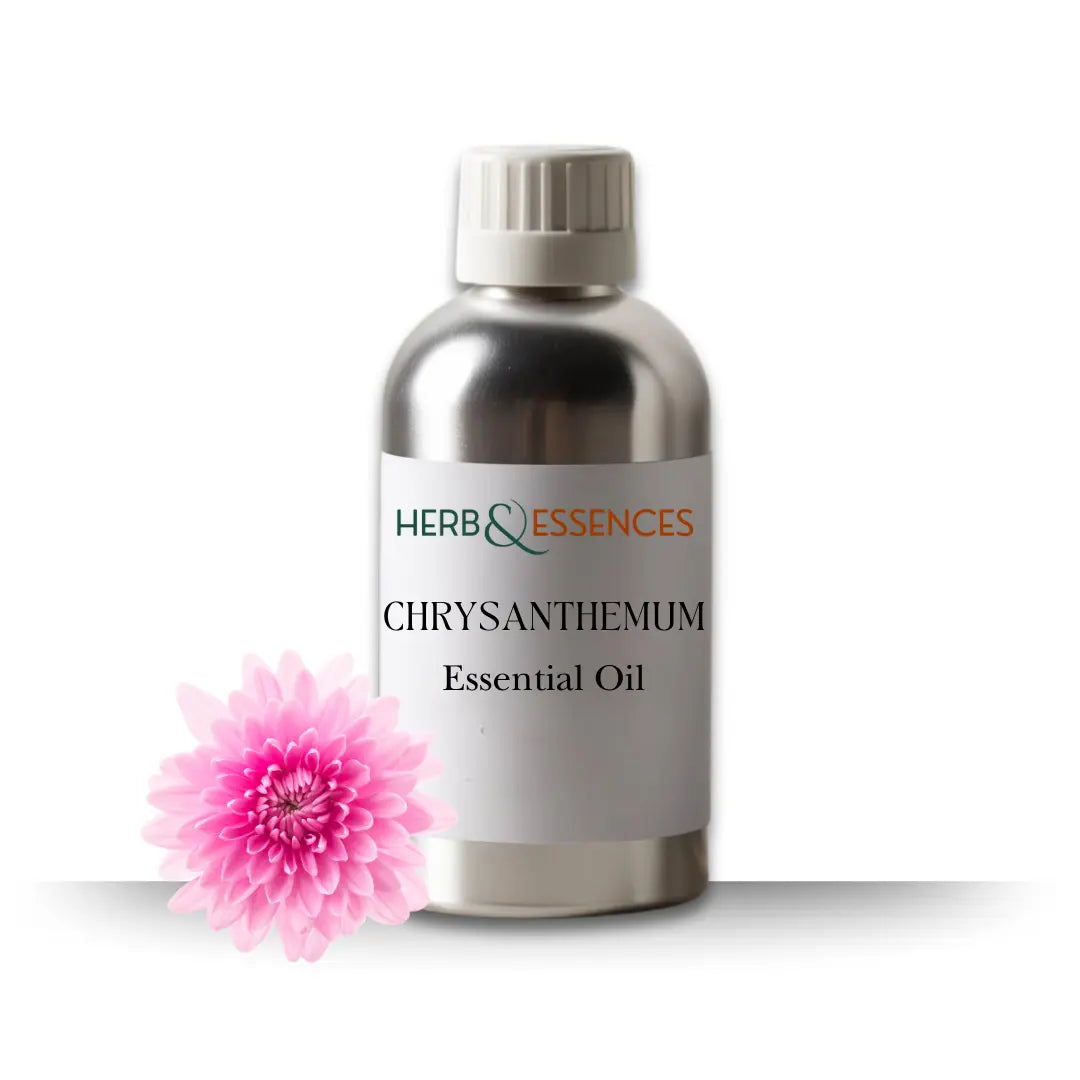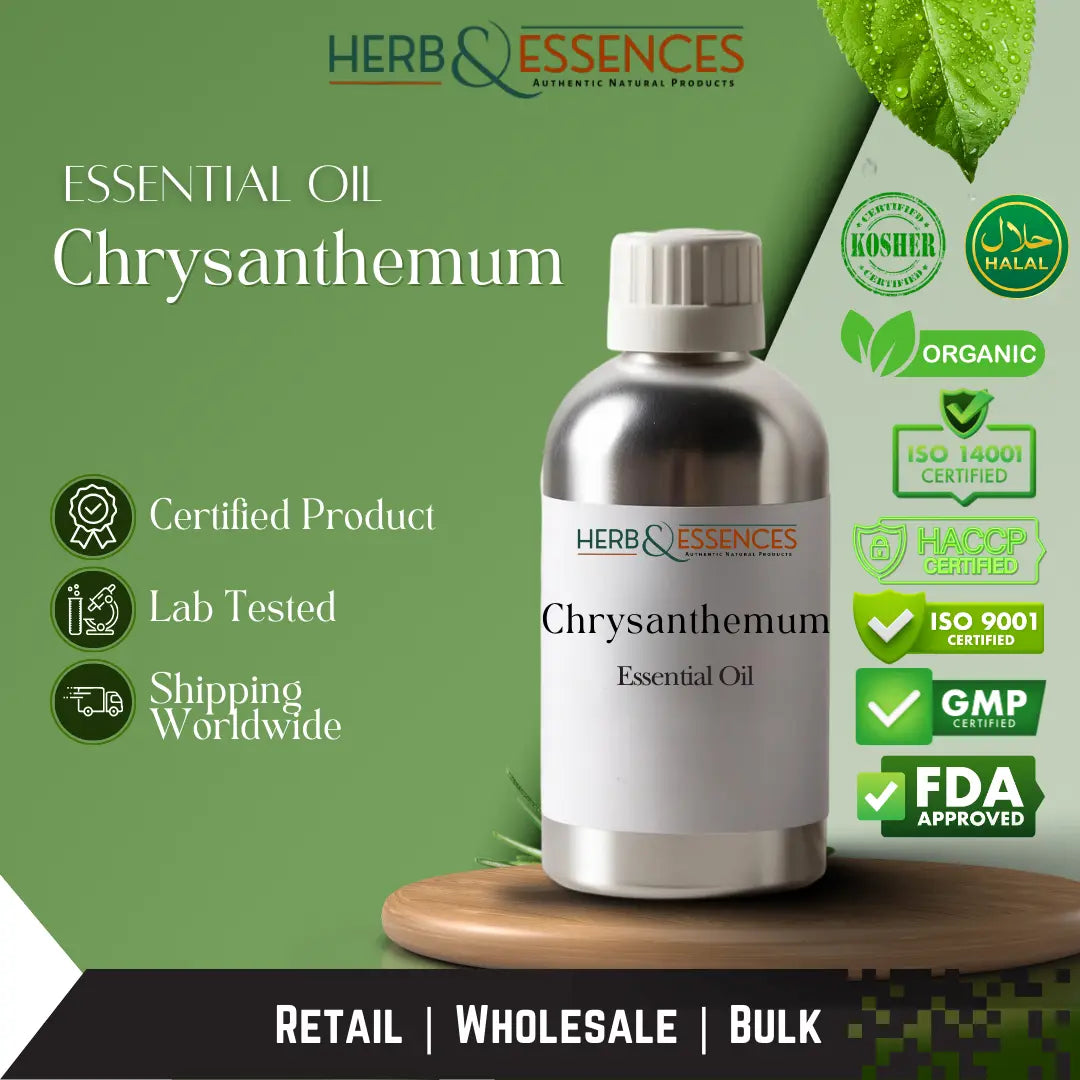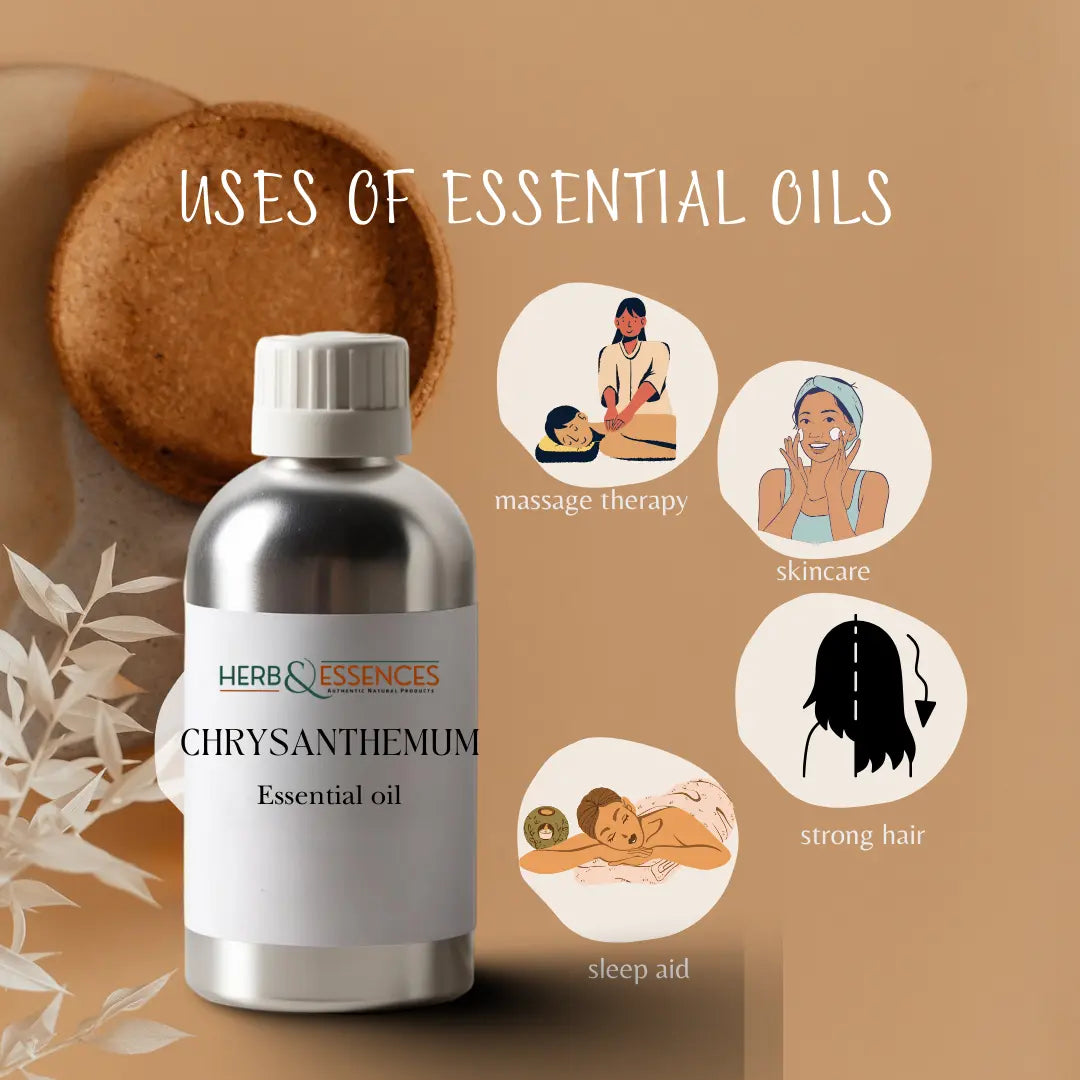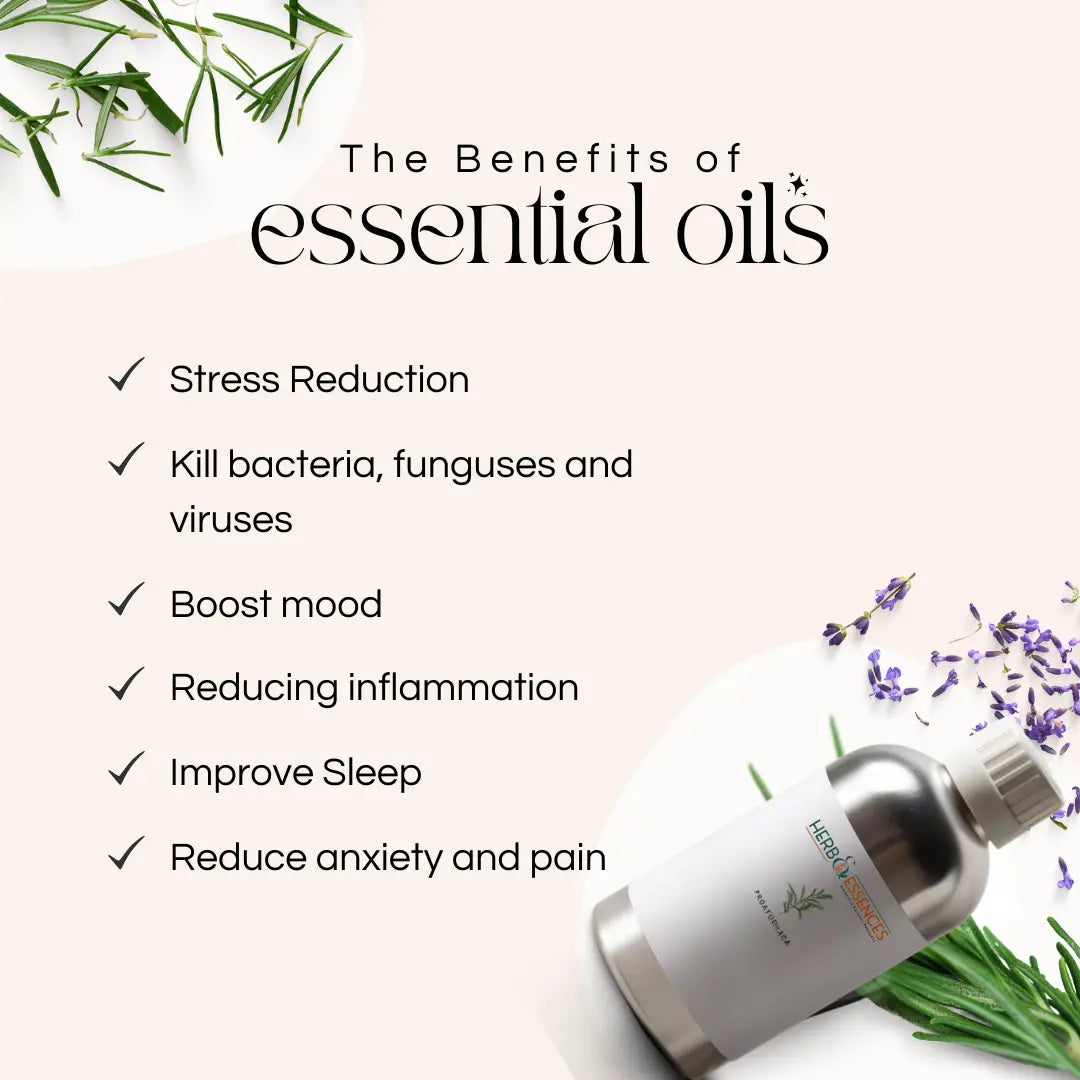Chrysanthemum Essential Oil
Chrysanthemum Essential Oil
Couldn't load pickup availability
Share
Chrysanthemum Essential Oil
Botanical Information
Chrysanthemum essential oil is derived from the flowers of Chrysanthemum morifolium or Chrysanthemum indicum, members of the Asteraceae family. Known for its delicate floral aroma and calming properties, Chrysanthemum has been cherished in traditional medicine, particularly in Chinese and Ayurvedic healing practices, for its anti-inflammatory and soothing qualities.
Origin and Source
Chrysanthemums are native to East Asia, including China and Japan, where they have been cultivated for centuries in temperate climates. The essential oil is primarily sourced from sustainably grown or wild-harvested Chrysanthemum flowers, ensuring optimal quality and respect for the environment. These regions provide ideal conditions for thriving, aromatic flowers.
Extraction Method
Chrysanthemum essential oil is typically extracted via steam distillation:
· The fresh or dried flower petals are carefully distilled to retain their therapeutic and aromatic qualities. In some cases, solvent extraction is employed to obtain a more concentrated aromatic absolute.
Physical Properties
· Appearance: Clear to pale yellow liquid with a smooth, light texture.
· Aroma: Sweet, floral, and herbaceous with mild earthy undertones.
· Viscosity: Light, making it ideal for blending with carrier oils or other essential oils.
· Solubility: Insoluble in water; soluble in carrier oils and alcohol.
Technical Specification
· Specific Gravity: 0.890–0.910.
· Refractive Index: 1.460–1.480.
· Flashpoint: Approximately 68°C.
Uses and Applications
· Aromatherapy: Promotes relaxation, emotional balance, and stress relief.
· Skincare: Incorporated into creams, serums, and masks for its anti-inflammatory and soothing properties.
· Hair Care: Used in hair treatments to condition the scalp and add shine.
· Massage Therapy: Blended with carrier oils for calming and soothing massages.
· Natural Remedies: Traditionally used to support healthy digestion and alleviate mild headaches.
· Perfumery: Acts as a middle note in floral and exotic fragrance blends.
Benefits and Properties
· Soothing and Calming: Reduces stress and promotes emotional well-being.
· Anti-inflammatory: Helps calm irritated or sensitive skin and supports wound healing.
· Skin-conditioning: Provides hydration and rejuvenation, leaving skin smooth and radiant.
· Mood-enhancing: Creates a peaceful and uplifting atmosphere when diffused.
· Hair-nourishing: Enhances scalp health and promotes shinier, healthier hair.
Safety Information
· Dilution: Always dilute Chrysanthemum essential oil with a carrier oil before applying directly to the skin.
· Patch Test: Perform a patch test on a small area of skin to ensure no sensitivities or allergic reactions.
· Avoid Contact: Do not apply near sensitive areas such as the eyes or open wounds.
· Medical Precautions: Consult a healthcare professional if pregnant, breastfeeding, or undergoing medical treatment. Avoid use if allergic to plants in the Asteraceae family.
· Keep Away: Store safely out of reach of children and pets.
Storage and Shelf Life
· Storage: Store in a cool, dry place away from sunlight, heat, and moisture. Amber or cobalt blue glass bottles are recommended for preserving the oil’s quality.
· Shelf Life: Typically lasts 2–3 years under optimal storage conditions.
Packaging and Handling
· Packaging: Glass bottles are ideal for smaller quantities, while HDPE containers are used for bulk storage.
· Sealing: Ensure containers are tightly sealed to prevent evaporation and contamination.
· Handling: Use clean and sterilized tools during transfer or application to maintain purity.
Sustainability and Ethics
· Eco-conscious Practices: Produced using sustainable harvesting techniques to protect Chrysanthemum plants and their ecosystems.
· Cruelty-free: Not tested on animals, adhering to ethical manufacturing standards.
· Vegan-friendly: Contains no animal-derived components, suitable for eco-conscious consumers.
· Fair Trade: Often sourced through initiatives supporting local farmers and promoting sustainable livelihoods.








